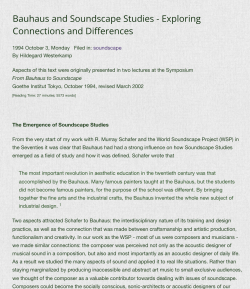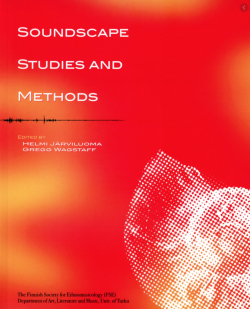Methodological approaches and main factors considered in school soundscape studies: A scoping review

Type
Journal
Category
Article
[ Browse Items ]
Publication Year
2024
Publisher
Building Acoustics, United States
URL
[ private ]
Volume
31
Issue Period
1
Pages
75-90
Abstract
School acoustics is pivotal for children?s well-being given their substantial time commitment to education within these environments, with potential positive or negative impacts. Soundscape has gained relevance in various settings, including indoor environments, and explores both positive and negative responses of individuals to sounds within a context. This scoping review aims to investigate the application of the soundscape approach within the school environment, with a primary focus on evaluating perceptions of the acoustic environment. It aims to identify key factors considered in the studies, such as age groups, sound sources, and methodologies. A Scopus search was conducted, covering the period from January 2000 to September 2023. The search was limited to peer-reviewed articles published in English. The inclusion criteria required studies to investigate schools and assess the perceptions. After screening, 11 studies met the inclusion criteria from 49 articles. The most targeted age cohort was primary school-aged children. Yet, the need to consider secondary school children?s perceptions persists. The dominant sounds investigated were categorized as ?negative? sounds, referring to auditory stimuli that are commonly perceived as unpleasant. These negative sounds were primarily traffic-induced noise. The prevailing method used was questionnaires. To advance school soundscape research, exploring secondary school-aged children?s views would provide valuable insights. By enhancing knowledge in this field, researchers can improve school acoustics for student well-being. Notably, a limitation of this review is that soundscape studies have centered around urban environments so far. Consequently, there have been only a limited number of studies examining indoor environments, and even less for schools.
Description
https://doi.org/10.1177/1351010X231216016
Number of Copies
1
| Library | Accession No | Call No | Copy No | Edition | Location | Availability |
|---|---|---|---|---|---|---|
| Main | 758 | 1 | Yes |

